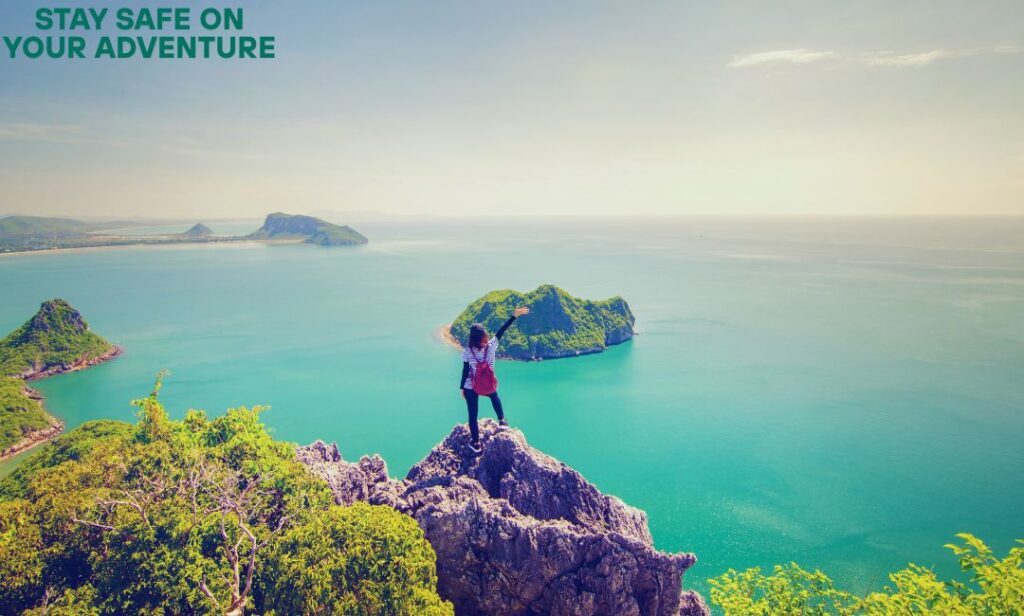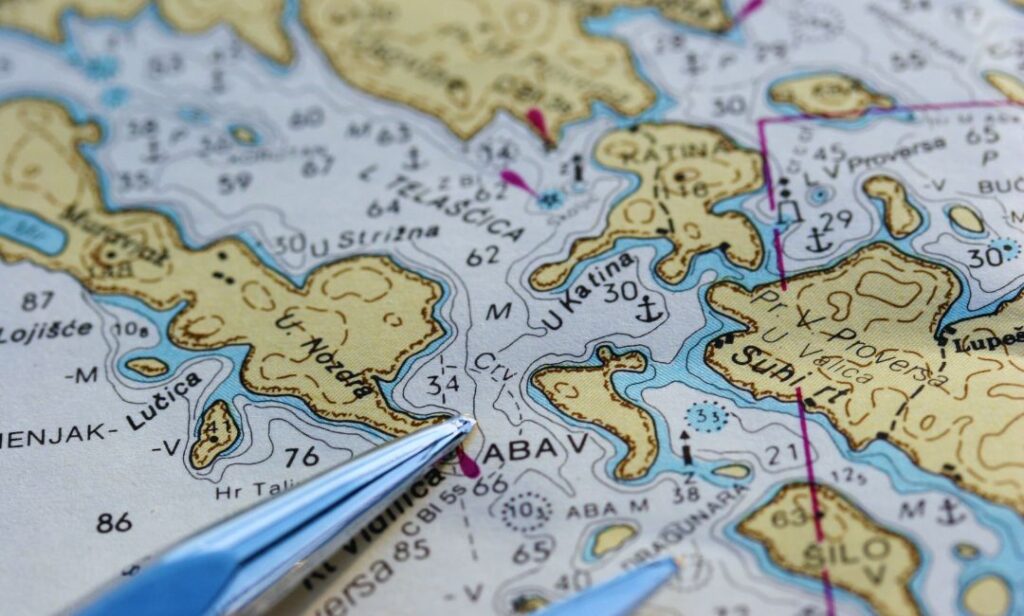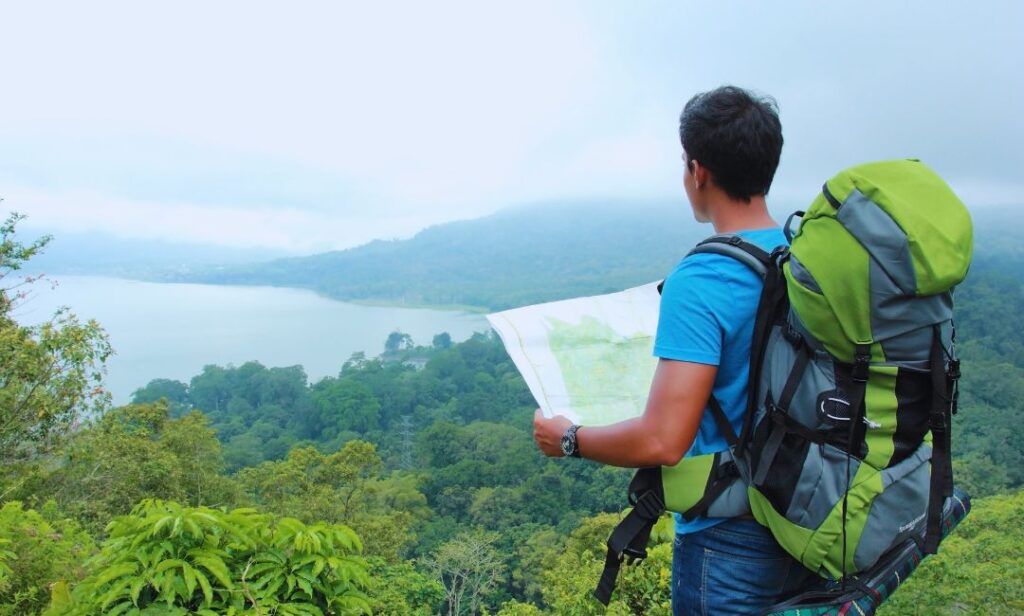Introduction
Adventure travel is more than just a vacation it’s an experience that pushes your limits, awakens your spirit, and takes you to places off the beaten path. Whether you’re hiking through the Himalayas, scuba diving in the Great Barrier Reef, or road-tripping across a remote desert, planning and preparation are essential to make your journey unforgettable and safe. In this article, we’ll cover must know adventure travel tips, essential gear, safety considerations, and how to plan your trip efficiently all while keeping sustainability in mind.
Essential Gear for Adventure Travel
The right gear can make or break your adventure. It’s important to pack smart and light, focusing on versatility and durability. Here’s a list of essentials for most adventure trips:
- Backpack: A reliable, ergonomic backpack with weather resistance is a must.
- Clothing: Pack moisture-wicking layers, thermal wear, a waterproof jacket, and quick-drying pants.
- Footwear: Good hiking boots or sturdy shoes depending on terrain. Don’t forget moisture-wicking socks.
- Navigation Tools: A GPS device, maps, and a compass are crucial, especially in remote areas.
- First Aid Kit: Include bandages, antiseptics, medications, and any necessary prescriptions.
- Multi-tool: A Swiss Army knife or multi-tool can come in handy in countless situations.
- Water Purification: Tablets or a portable filtration device to ensure clean drinking water.
- Camping Gear: Tent, sleeping bag, mat, and portable stove if you’re venturing into the wilderness.
- Power Bank/Solar Charger: To keep your electronics charged when you’re off the grid.
Stay Safe on Your Adventure Travels

Safety is paramount when you’re far from the comforts of home. Here are some key safety tips:
- Research the Destination: Understand the local laws, customs, and potential dangers.
- Tell Someone Your Plans: Always share your itinerary with a friend or family member.
- Know the Weather: Conditions can change rapidly. Check forecasts and be prepared.
- Stay Connected: Carry a satellite phone or local SIM card if cellular coverage is spotty.
- Pack a Personal Locator Beacon (PLB): This device can alert rescue services in case of emergency.
- Travel Insurance: Choose a plan that covers adventure activities like hiking, diving, or skiing.
- Trust Your Instincts: If something doesn’t feel right, don’t risk it.
Read Also: How to Find Cheap Flights: The Ultimate Guide
Sustainable Adventure Travel
Being a responsible traveler is more important than ever. Adventure travel often takes you into delicate ecosystems and small communities. Here’s how to minimize your impact:
- Respect Wildlife: Observe animals from a distance and never feed them.
- Leave No Trace: Pack out all trash, stay on trails, and avoid disturbing natural habitats.
- Support Local: Buy from local vendors, stay in locally-owned accommodations, and hire local guides.
- Use Eco-Friendly Gear: Choose reusable water bottles, biodegradable soaps, and solar-powered devices.
- Offset Your Carbon Footprint: Consider donating to environmental programs to balance your travel emissions.
Chart Your Course

Planning your route is part of the fun and the success of your adventure. Decide on your mode of travel: will you hike, bike, drive, paddle, or fly? Map out your path using reliable sources and apps like AllTrails, Google Maps, or Gaia GPS.
Identify key waypoints, accommodation options, and emergency services along the way. Be flexible weather, road closures, or fatigue can alter your plan. Always have a Plan B.
Prep Your Paperwork
Your documents are just as important as your gear. Make sure to:
- Check Passport Validity: Many countries require at least six months of validity.
- Secure Visas: Apply early to avoid delays.
- Get Required Vaccinations: Some destinations require proof of immunization.
- Make Copies: Keep digital and hard copies of your ID, insurance, and itinerary.
Put Protection in Place for Peace of Mind
Accidents happen. To travel with peace of mind:
- Travel Insurance: Cover trip cancellations, medical emergencies, and lost gear.
- Health Prep: Pack any needed prescriptions, allergy meds, and a basic first-aid kit.
- Financial Backup: Bring multiple payment options like credit cards, debit cards, and some local currency.
- Emergency Contacts: Save them in your phone and keep a printed list.
Adventure Travel Planning

Now that you’ve got the basics, here’s how to tie it all together:
- Choose Your Adventure Type: Mountain climbing, kayaking, jungle trekking pick your passion.
- Set a Budget: Include travel, gear, permits, accommodation, and food.
- Book Early: Flights, permits, and popular stays can fill up fast.
- Train Physically: Get in shape for your adventure, especially if it’s physically demanding.
- Test Your Gear: Try everything before you go to make sure it works.
- Plan Meals: Pack enough food or know where to restock.
- Stay Flexible: Unexpected changes are part of the journey embrace them.
Conclusion
Adventure travel is one of the most enriching ways to explore the world. It combines physical challenge, cultural discovery, and personal growth. With the right preparation from gear and safety to planning and sustainability you can ensure your journey is memorable for all the right reasons. Take the plunge, explore boldly, and let the adventure begin!
FAQs
1. What’s the best destination for adventure travel?
That depends on your interests! For hiking, try Patagonia or Nepal. For water sports, consider New Zealand or Thailand. For wildlife, Tanzania or Costa Rica are great options.
2. Do I need special insurance for adventure travel?
Yes, many standard policies don’t cover high-risk activities. Look for adventure-specific travel insurance that covers trekking, diving, or extreme sports.
3. What if I’ve never done adventure travel before?
Start small! Try a guided hiking tour or a weekend camping trip. Build your skills and confidence before tackling more challenging expeditions.
4. How do I stay safe when traveling solo?
Inform someone of your plans, avoid risky areas, stay aware of your surroundings, and consider joining group tours for certain activities.
5. How can I make my adventure travel more sustainable?
Choose eco-friendly gear, travel light, support local businesses, and respect natural environments by practicing Leave No Trace principles.


